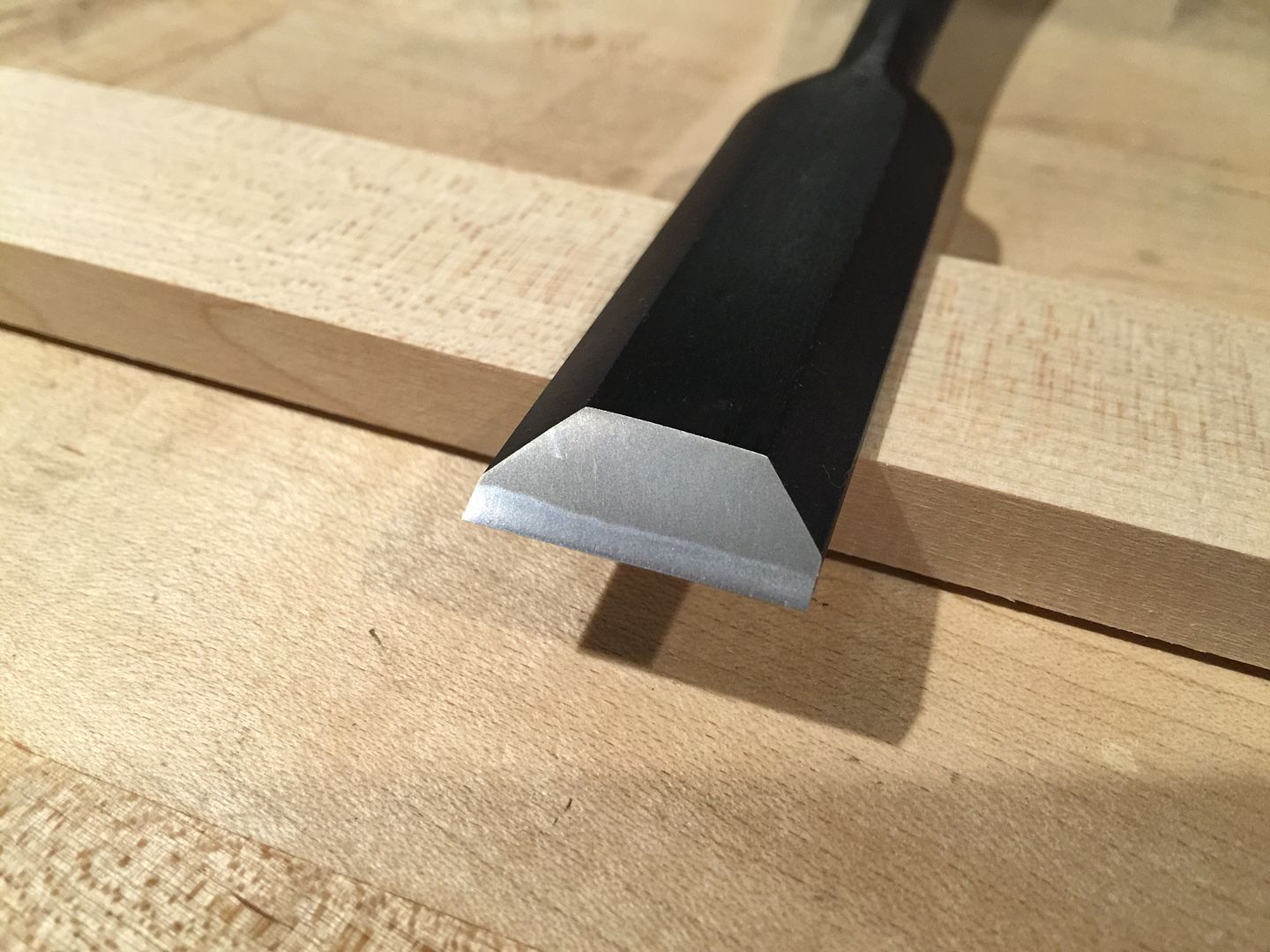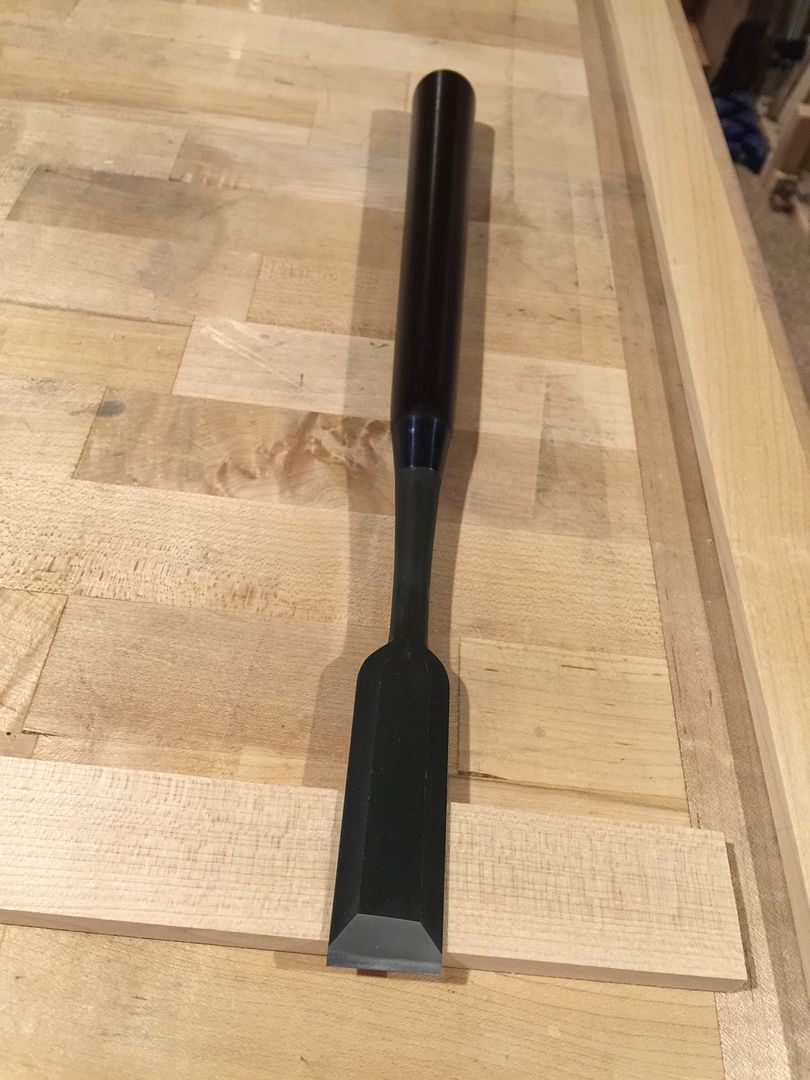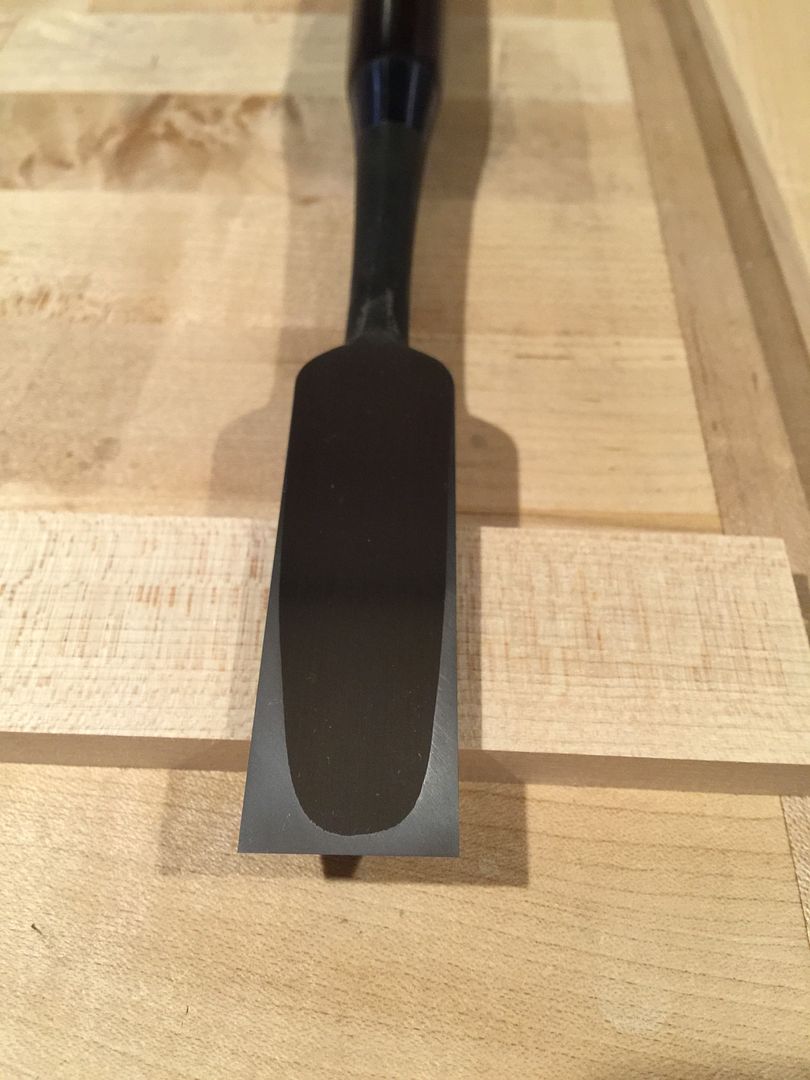Mike has it right. Forge welding the two types and plates of steel together is a quick process. It is not difficult either. The videos below show some examples for various tools.
https://www.youtube.com/watch?v=n_jCTaUisN0
https://www.youtube.com/watch?v=rjXrJGh_idg
https://www.youtube.com/watch?v=6bI_q1gksII
The flux used varies by craftsman, and they all have their own formula. Most add steel fines. Some add sharpening stone mud. The purpose of the flux is simply to prevent a layer of oxidation between the two layers as they are forge welded. The heat and pressure does the actual welding.
Ms. Katsuki, in her book on blacksmiths in the Tosa region of Japan on Shikoku Island, documents an interview with an aged blacksmith who recalls when flux was introduced to his area from England, and became commonly available, and how much easier it made the blacksmith's job. My point is that, while the flux helps, it is not essential to the process.
Notice all the hammering going on. When done over repeated heats, and at the right temperature, the crystalline structure of the steel is improved considerably as carbides are reduced in size and distributed more thoroughly and evenly throughout the mass. While the videos show only heating, hammering, grinding and quenching, the blacksmiths are using their eyes, hands and experience to judge the temperature, heat time, carbon content, and crystalline structure achieved throughout the process. So while it appears to be rough and even careless work, in fact it is very delicate and precise. Experience, and learning from a good master, are critical. Without the master, the experience may never be obtained.
The two layers shine so differently in the polished blade shown by Brian simply because of the different crystalline structure of the two types of steel. Also, the sharpening process and stones used can make a big difference in the contrast.
In the rare laminated blade you may see garbage between the two layers. This is not good (although it probably doesn't harm the blades cutting performance) as it is indicative of sloppy work. I suggest you reject such blades. Certainly the blacksmith that let such a shoddy blade out the door of his shop was not paying attention..
Near the beginning of the 2nd video, it shows the edge of some rolled plate steel. if you look carefully, you can see a layer of steel laminated in the center. This layer is high-carbon steel, and the 2 outer layers are low-carbon steel. This material is called "rikizai" and is rolled in a factory. It is used by most manufacturers of kitchen knives in Japan. It is shown in this video to differentiate between the factory knife and hand-forged knife.
I've written about rikizai in this forum before. It is a good material, one that makes a good knife at a relatively inexpensive price, but it is not hand-forged, and a knife manufactured from it through the usual process of stamping, grinding, and heat treating in an automated oven will be inferior to a hand-forged knife made by an experienced and skilled blacksmith simply because of its crystalline structure.
There are also many manufacturers that sell plane blades mass-produced using this material as well. The result is good blade at a low price. But performance will probably match the price.
The problem is that, if you are not careful, you can end up paying a high price for a blade made using cheaper materials and without much handwork beyond decoration. Caveat Emptor, my friends.
Of the typical woodworking tools, the kiridashi knife is easiest to make, followed by the plane, even though these two types of tools demand relatively high prices.
The chisel is much much more difficult to produce due to the problems of warpage and shaping. Lots of time is required, as you can see.
The sawblade is by far the most difficult tool to make by hand. There are very few craftsmen left in the world that can hand forge a top-quality handsaw blade. Such blades cost a lot, and can't compete with inexpensive blades stamped out of Swedish steel sold on rolls.
Mike mentioned something about Japanese chisel blades in the 1800's. Indeed, they were laminated. The technique is hundreds of years old. I was once entrusted with a beautiful and rare laminated sword made by a famous smith that was over 700 years old. I still miss the seeing and holding of that sword.....
Stan









 Reply With Quote
Reply With Quote

